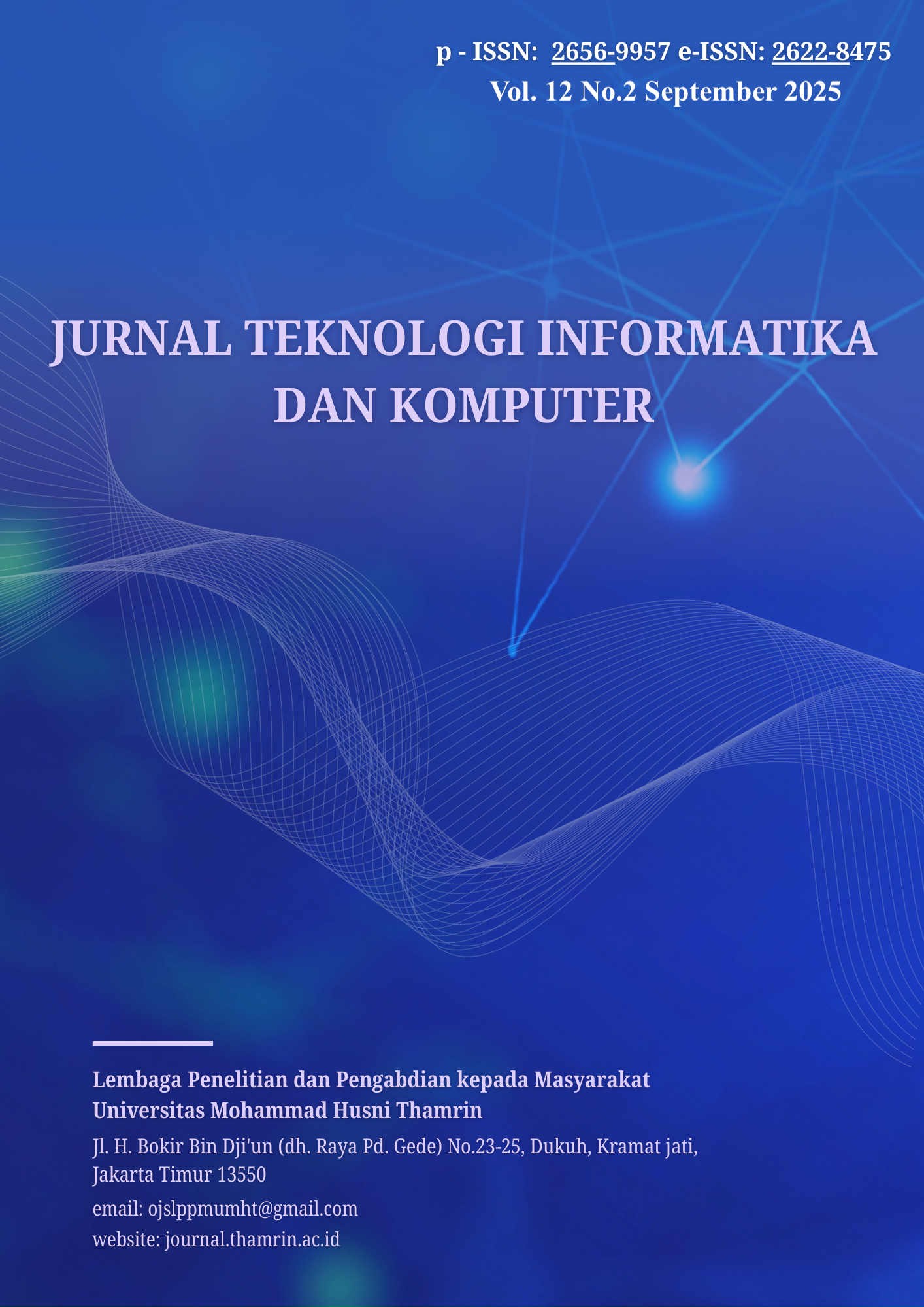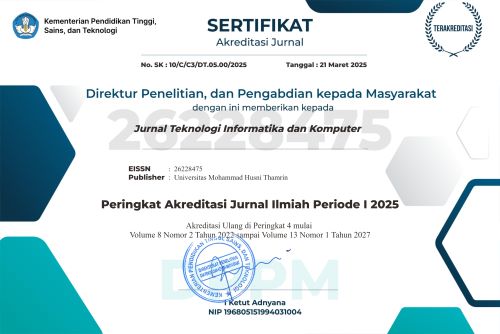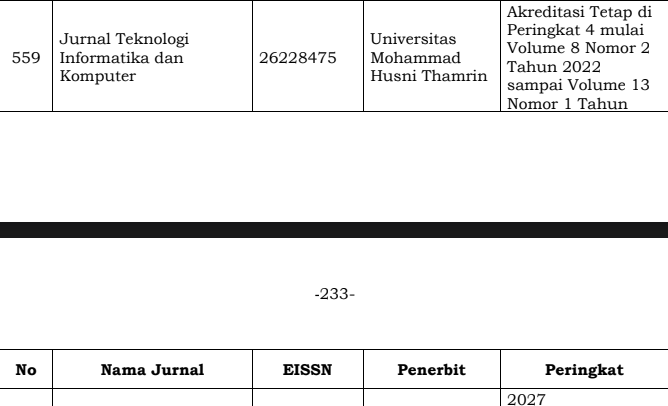BGP Implementation Using Cisco Packet Tracer on the PT Artha Media Network Lintas Nusa Jakarta
DOI:
https://doi.org/10.37012/jtik.v11i2.2997Abstract
With the rapid development of information technology, the need for fast, stable, and secure internet connections continues to grow. In managing large internet networks, routing is a crucial aspect in determining the path for data. Border Gateway Protocol (BGP) is one of the most widely used routing protocols in large networks. BGP connects various Autonomous Systems (AS) and enables the exchange of routing information between internet service providers. This research implements the Border Gateway Protocol (BGP) using Cisco Packet Tracer to simulate a network scenario faced by PT Artha Media Lintas Nusa Jakarta. As an Internet Service Provider (ISP), PT Artha Media Lintas Nusa encounters challenges in efficiently managing network routes, especially for connectivity with various other service providers. This study uses a methodology that includes network needs analysis, topology design, BGP configuration, and performance testing of the protocol to dynamically distribute routes. The results show that the implementation of BGP in Cisco Packet Tracer successfully optimizes network route management, ensures stable connectivity, and reduces data transfer latency. The simulation also provides technical guidance that can be applied to the company's physical network to enhance efficiency and scalability. Thus, this research is expected to be a valuable reference for PT Artha Media Lintas Nusa and other parties looking to implement BGP as a routing solution for large-scale networks.
Downloads
Published
Issue
Section
Citation Check
License
Copyright (c) 2025 Priantno, Hasan Albana, Muhammad Ridwan Effendi

This work is licensed under a Creative Commons Attribution 4.0 International License.
Jurnal Teknologi Informatika dan Komputer allows readers to read, download, copy, distribute, print, search, or link to the full texts of its articles and allow readers to use them for any other lawful purpose. The journal allows the author(s) to hold the copyright without restrictions. Finally, the journal allows the author(s) to retain publishing rights without restrictions Authors are allowed to archive their submitted article in an open access repository Authors are allowed to archive the final published article in an open access repository with an acknowledgment of its initial publication in this journal.

Jurnal Teknlogi Informatika dan Komputer is licensed under a Creative Commons Attribution 4.0 International License.












